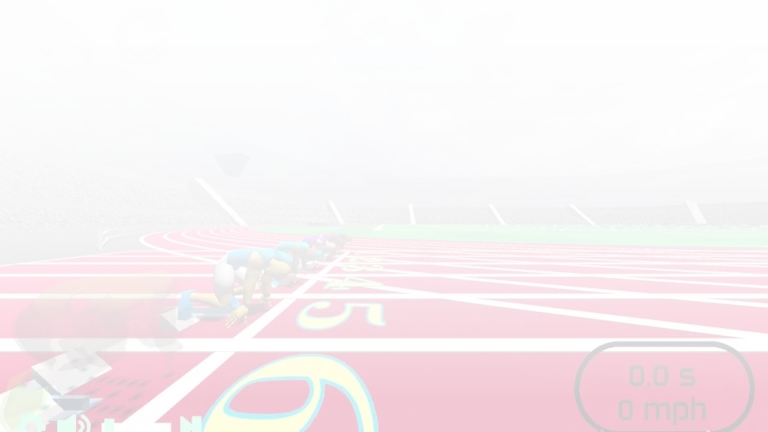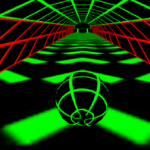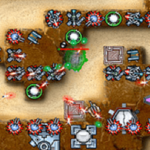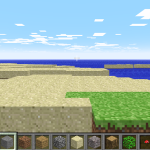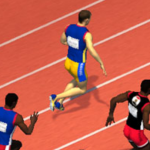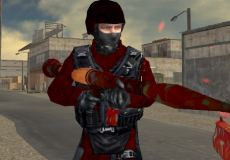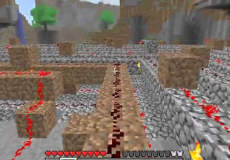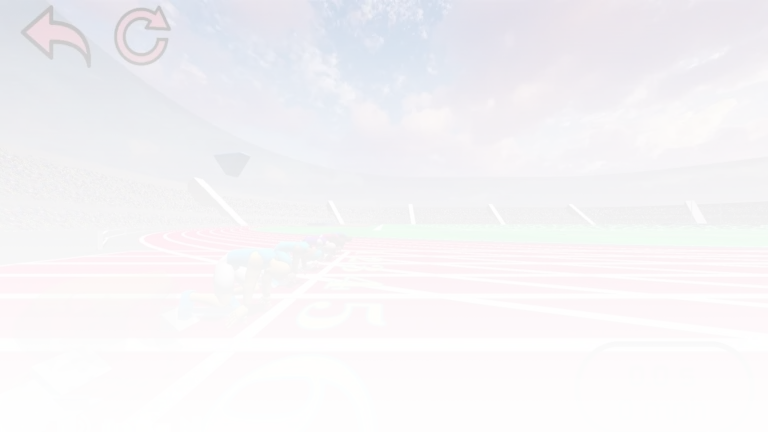
Temple Run
Advertisement
Temple Run is a mobile arcade game built around endless running through a crumbling, ancient environment while being pursued by aggressive creatures. The character starts each run by grabbing a cursed idol, instantly triggering the chase. Players have no breaks, no levels to complete, and no time to rest—the goal is to survive as long as possible while navigating an increasingly difficult path filled with deadly traps, sharp turns, and collapsing structures. The game’s pace increases steadily, making each second more demanding than the last.
Advertisement
Similiar games
Temple Run is a mobile arcade game built around endless running through a crumbling, ancient environment while being pursued by aggressive creatures. The character starts each run by grabbing a cursed idol, instantly triggering the chase. Players have no breaks, no levels to complete, and no time to rest—the goal is to survive as long as possible while navigating an increasingly difficult path filled with deadly traps, sharp turns, and collapsing structures. The game’s pace increases steadily, making each second more demanding than the last.
Movement System and Obstacle Management
The core of Temple Run is its swipe-based control system, which lets players dodge left or right, jump over gaps, and slide under obstructions. These movements must be executed with precise timing, as late swipes often result in crashing into walls or falling from the temple’s edges. Tilting the device adds another layer, letting the runner shift within their lane to pick up coins or avoid small hazards. Every run becomes a pattern of quick decisions and fluid reflexes, especially as the environment changes without warning.
Key mechanics players interact with:
- Swipe left/right for 90-degree turns
- Swipe up/down for jumps and slides over/under objects
- Tilt device to shift position within a path
- Coin collection to unlock boosts and alternate characters
- One mistake ends the run—no second chances unless revived
These elements create a gameplay loop that combines risk and rhythm. Coins gathered along the route can be spent on power-ups like temporary invincibility, speed boosts, or magnet effects that draw coins automatically. Unlockable characters are purely visual, adding some variation for frequent players without changing the mechanics.
Visual Identity and Audio Pressure
Temple Run’s visuals rely on crumbling stone walkways, overgrown foliage, and narrow paths hanging over deep ravines. The camera stays behind the player character, keeping the focus on what’s ahead while hinting at the looming danger just behind. Visual cues such as flashing turns, moving tree roots, and swinging fire traps give players split seconds to respond. Audio elements like the pounding feet of monsters, snapping twigs, or sudden music spikes alert players to hazards they may not yet see, building tension throughout each run.
Temple Run doesn’t operate on stages or levels—it creates intensity through unpredictability and speed escalation. Each run becomes a test of sustained focus, with no final destination to reach and no scripted path to follow. The further you get, the faster the game moves, turning early success into high-pressure survival. Its structure demands repetition, and with every new attempt, players sharpen their reactions and try to push farther into the collapsing ruins. The challenge isn’t to win but to keep going just a little longer.
Discuss Temple Run
